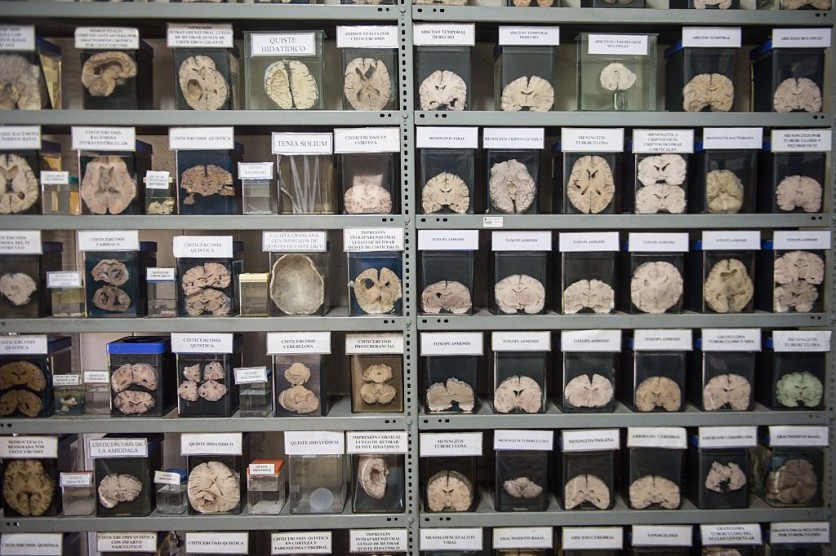Denmark's University of Odense is home to what is believed to be the world's largest collection of brains, with 9,479 preserved organs stored on countless shelves in the basement, according to a report by AFP.

Brains From Mental Health Patients
The brains were removed from the corpses of mental health patients over 40 years until the 1980s. The collection is the life's work of Danish psychiatrist Erik Stromgren, who started collecting them in 1945 as a kind of experimental research.
Stromgren and his colleagues hoped to find out more about where mental illnesses were localized and if the answers to the illness could be found in the brains.
Jesper Vaczy Kragh, a history of psychiatry expert, explains that the brains were collected after autopsies had been conducted on the bodies of patients who were committed to psychiatric institutes across Denmark.
He reveals that these stated mental hospitals, and there were no people from outside who were asking questions about what went on in these state institutions.
Kragh adds that at the time, patient rights were not a primary concern, and society believed that they needed to be protected from these people. Denmark considered "mentally ill" people as a burden to society at the time.
Read Also : Real-Life Matrix Simulation Possible? Australian Experts' New Study Harnesses Thousands of Human Brain Cells
How Mental Health Was Handled In the Past
In the past, the law required people committed to mental institutions to be sterilized between 1929 and 1967. Before 1989, they had to get a special exemption if they wanted to marry.
Every Dane who died was autopsied back then, said pathologist Martin Wirenfeldt Nielsen, the director of the collection.
However, the evolution of post-mortem procedures and growing awareness of patients' rights meant that new additions to the collection stopped in 1982. A long and heated debate then ensued on what to do with it.
The state ethics committee of Denmark decided that the collection should be maintained and used for scientific research after spending a considerable amount of time in Aarhus in western Denmark, the collection was relocated to Odense in 2018.
The brains have been analyzed scientifically to learn more about a variety of conditions, such as dementia, schizophrenia, bipolar disorder, and depression. Four research projects are currently using the collection.
The collection is being used as part of a study by Parkinson's expert neurobiologist Susana Aznar, who works at a research hospital in Copenhagen.
Aznar stated that the brains were special because they let researchers observe the results of contemporary therapies.
Related Article : Unknown Brain Illness Breakout in Canada Confirms Six Dead and Dozens Affected | Neurologists Rush to Identify Cases

ⓒ 2025 TECHTIMES.com All rights reserved. Do not reproduce without permission.




